Aritaum - Gwangju Jinwol Branch [Tax Refund Shop] (아리따움 광주진월점)
17.9 Km 0 2024-04-23
687, Seomun-daero, Nam-gu, Gwangju
-
E-Mart - Gwangsan Branch [Tax Refund Shop] (이마트 광산)
17.9 Km 0 2024-04-22
172, Saam-ro, Gwangsan-gu, Gwangju
-
Pungam Reservoir (풍암저수지)
18.0 Km 10140 2020-06-05
71-3, Woldeukeopseo-ro, Seo-gu, Gwangju
+82-62-365-4114
Pungam Reservoir was originally built in 1956 for agriculture, but was turned into a park in 1999 as part of the pilot program for developing parks nationwide. It is a popular resting area featuring traditional pavilions and wooden bridges.
Jusangjeolli Cliff of Mudeungsan Mountain (무등산 주상절리대)
18.0 Km 28509 2020-06-05
San 354-1, Yongyeon-dong, Dong-gu, Gwangju
+82-62-227-1187
The Jueangjeolli cliffs are rock pillars of various hexagonal shapes that seem as if they were hand carved. The Jusangjeolli cliffs of Mudeungsan Mountain consist of Seoseokdae, Ipseokdae, and Gyubong Rocks formed about 70 million years ago. Ipseokdae and Gyubong Rocks are both of a distinct pillar shape as they have been heavily weathered, and Seoseokdae, which was less weathered, looks like a folding screen. The Neodeolgeong (cluster of rocks), which sit on the mountain slope, were made when stone pillars collapsed. The standing rocks and Neodolgeong have been designated as Natural Monuments due to their rarity and uniqueness.
Gangcheonsan County Park (강천산 군립공원)
18.1 Km 30627 2024-04-07
97, Gangcheonsan-gil, Sunchang-gun, Jeonbuk-do
+82-63-650-1672
Gangcheonsan Mountain is surrounded by Gwangcheonsan Gwangjubong Peak (583.7 meters above sea level), Gwangdeoksan Seonnyeobong Peak (578 meters), and Sanseongsan Yeondaebong Peak (603 meters above sea level) in the area of 996beonji, Cheonggye-ri, Sunchang-gun, Jeollabuk-do. It is divided into small canyons and has an outstanding view with rocky mountains on all sides. The valley was called Gangcheon Valley because clean and clear water flows like a spring on the hard rocks, and all the mountains around it were called Gangcheonsan Mountain. It is said that in the past it was called Yongcheonsan Mountain, named after the shape of two dragons waving their tails toward the sky and ascending to heaven.
Following the Noryeong Mountain Range to Chuwolsan Mountain, it forms Gwangdeoksan Mountain and Yongcheonsan Mountain. On Sanseongsan Mountain (two dragons from the eastern sky to the western sky) that towers high in the sky, two dragons run east side by side. There are numerous peaks, some famous ones are, Yeondaebong, Undaebong, Suyeongbong, Cheonjabong, Gitdaebong, Gwangjubong, Gyeonjebong, and Songrakbong peaks. Between these two mountains is a very deep valley. Some of the famous valleys are, Yeondaegyegok Valley, Seonnyeogyegok Valley (Jeobujegol), Wondeunggyegok Valley (Yongdaeamgol), Buntonggol Pass, Jijigol Valley, Somokgol Valley, Samindaegyegok Valley (Hwangwoojegol), Giwoojegol Valley, Senyanggol Valley, Multonggol Valley, Chodanggol Valley, Ujakgol Valley, Dongmakgol Valley, Geumganggyegok Valley (Tapsanggol), Seungbanggol Valley, Byeondugol Valley, etc. The clear water flowing from every valley joins into one and the sound of the water crashing against the rocks and stones echoes throughout the valley and enters Gangcheonho Lake.
When spring comes, willows bloom, and when the forsythia and azaleas are in full bloom, wild cherry blossoms reach full bloom on every mountain peak. The clear and clean water flows continuously between the gravel along the valley. Visitors can cool off the heat in this river that does not collect moss either because it is too cold or clean. On Gangcheonsan Mountain, there are beautiful shrubs and maple trees, and the baby maples and baby squirrels announce the arrival of autumn among the seven different types of maple trees. The multiple trails on the mountain are not steep or too dangerous, making it popular regardless of age. It is also ideal for mountaineering and mountain-loving hikers. The scenery of the river with white snow and icicles attracts painters who want to capture the moment on a canvas. Gangcheonsan Mountain has four distinct seasons making it a popular destination all year round.
Sunchang Fermented Food Festival (순창장류축제)
18.3 Km 26806 2024-04-07
6-3, Minsongmaeul-gil, Sunchang-gun, Jeonbuk-do
+82-63-650-1624
Sunchang Fermented Food Festival is held every fall at Sunchang, the home of the Korean traditional sauce “jang.” The festival offers a range of traditional sauce-related programs including performances, exhibitions, a market, and more.
Damyang Pan Grill (담양판그릴)
18.5 Km 1 2024-02-13
1 Seomun-daero 627beonan-gil, Nam-gu, Gwangju
070-4150-9192
Damyang Pan Grill is renowned for its unique Damyang-style dwaeji galbi (grilled pork ribs). The restaurant's signature dish, Damyang-style pork ribs, is known for its tender texture, achieved through marinating the ribs in a soy sauce-based seasoning and grilling them on a stone plate. Patrons have the option to customize their meal with various flavors, including maeun cheese galbi (spicy galbi with cheese) and jipbul galbi (straw-grilled galbi), along with a selection of grilled chicken dishes.
Wolbongseowon Confucian Academy (월봉서원)
18.5 Km 4310 2021-07-06
133, Gwanggok-gil, Gwangsan-gu, Gwangju
+82-62-960-8253
Wolbongseowon Confucian Academy, built in 1578, was established by Kim Gyehwi and other confucian scholars to honor Ki Daeseung's study and virtue through Mangcheonsa Shrine. The location of the academy was moved to its current site in 1646, and the name Wolbong was given by King Hyojong in 1654. In 1671, Bak Sang and Bak Sun's shrines were moved from Deoksansa Shrine by the suggestion of Song Siyeol. Also, Kim Jangsaeng and Kim Jip's shrines were additionally placed in 1673. Unfortunately, the confucian academy was abolished due to the abolition policy of Daewongun in 1868. Later, Bingwoldang Hall was built by Jeollanam-do's Confucian scholars in 1938, followed by Gojiksa Shrine in 1972, Jangpangak Pavilion and Oesammun Gate in 1978, Sau in 1980 and Naesammun Gate in 1981. Bingwoldang is designated as Gwangju Monument No. 9 and woodblocks of Gobongjip are preserved in Jangpangak Pavilion.
Gwangju Seochang Silver Grass Festival (광주 서창 억새축제)
18.7 Km 2151 2023-11-22
377 Seochangduk-gil, Seo-gu, Gwangju
+82-62-350-4792
Gwangju Seochang Silver Grass Festival takes place along the themed walking paths next to Yeongsangang River with a range of walking programs and photo spots.
![Aritaum - Gwangju Jinwol Branch [Tax Refund Shop] (아리따움 광주진월점)](http://tong.visitkorea.or.kr/cms/resource/07/2886907_image2_1.jpg)
![E-Mart - Gwangsan Branch [Tax Refund Shop] (이마트 광산)](http://tong.visitkorea.or.kr/cms/resource/86/2886986_image2_1.jpg)
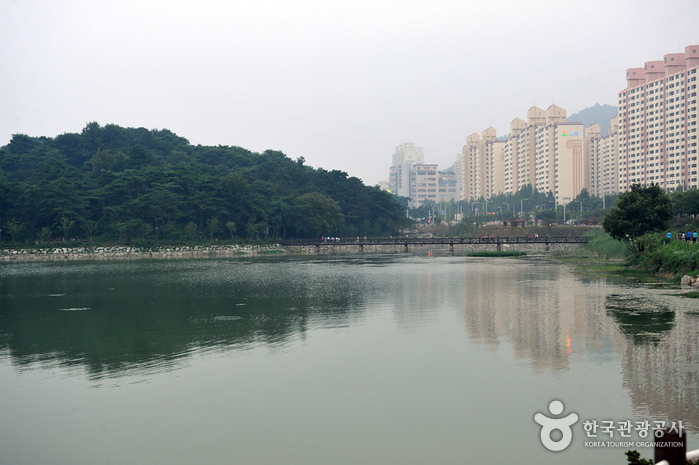
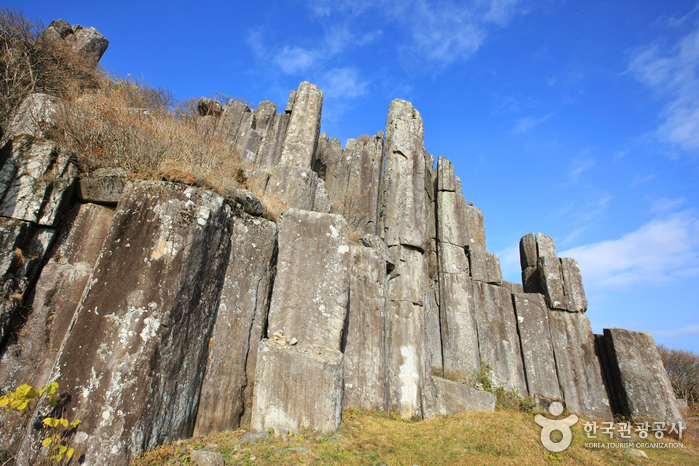
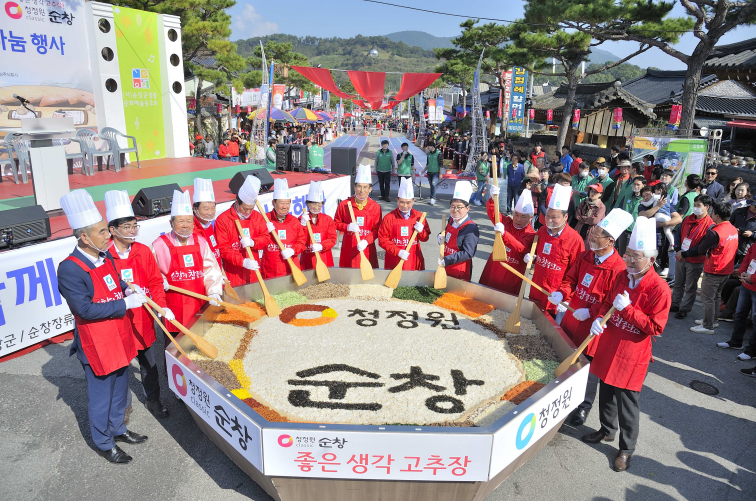
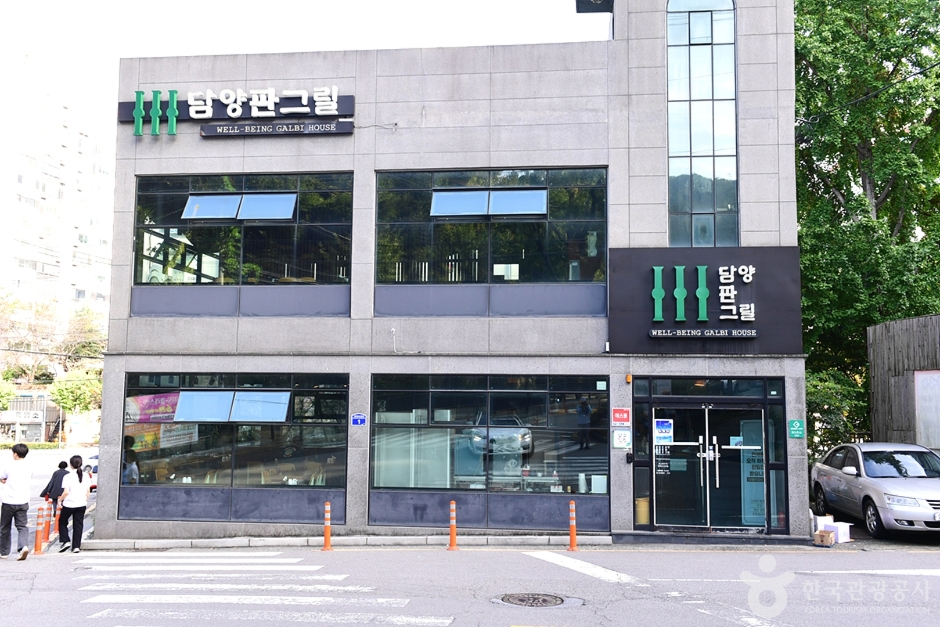
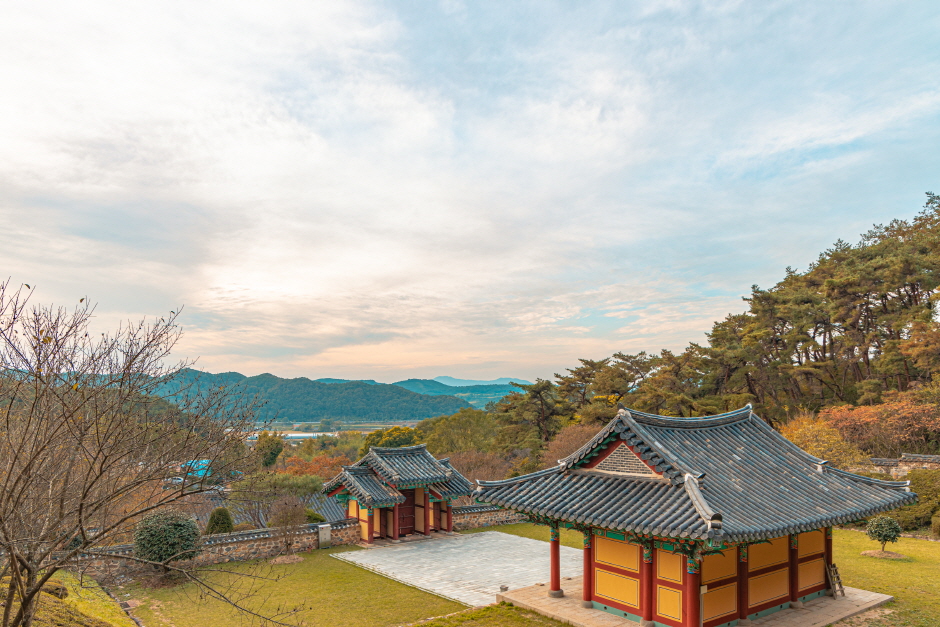
![UNO [Tax Refund Shop] (우노)](http://tong.visitkorea.or.kr/cms/resource/43/3313843_image2_1.jpg)
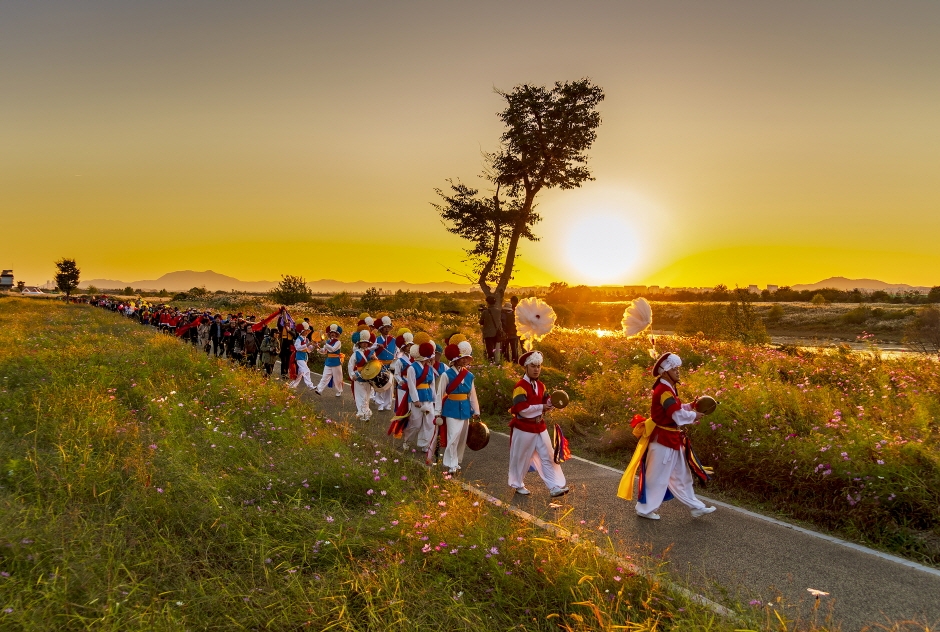
 English
English
 한국어
한국어 日本語
日本語 中文(简体)
中文(简体) Deutsch
Deutsch Français
Français Español
Español Русский
Русский